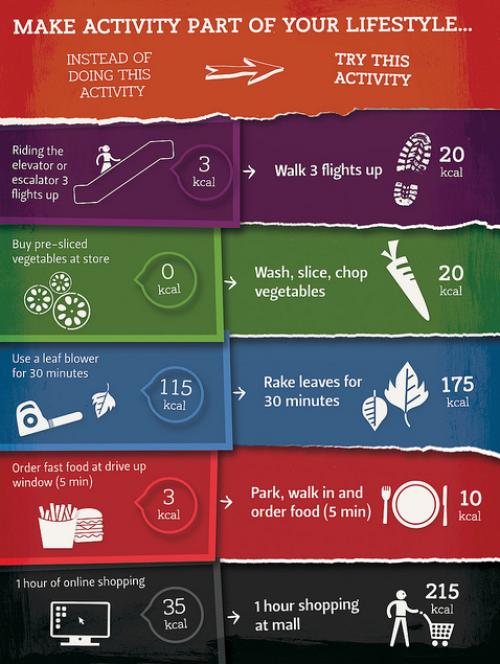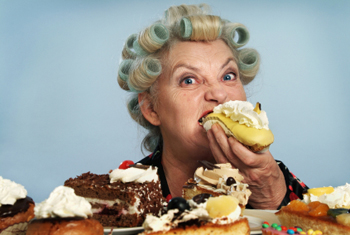 With more than 600 muscles in the human body, one thing is clear: We are meant to move! And thanks to a new study published in the American College of Cardiology, weâre learning how important movement - and running, in particular - is to a longer life.
With more than 600 muscles in the human body, one thing is clear: We are meant to move! And thanks to a new study published in the American College of Cardiology, weâre learning how important movement - and running, in particular - is to a longer life.
Over the course of 15 years, researchers examined more than 55,000 adults between the ages of 18 and 100 to determine whether or not thereâs a relationship between running and longevity. During the study, 3,413 participants died including 1,217 deaths attributed to cardiovascular disease.
By crunching the data, researchers discovered that runners have an overall 30% lower risk of death from all causes. When it comes to cardiovascular disease, runners were 45% less likely to die compared to non-runners. On average, runners lived an astounding three years longer than non runners. Individuals benefited from running regardless of age, sex, body mass index, health conditions, smoking or alcohol use.
Moreover, researchers found that even slow or less frequent runners still enjoyed benefits. Runners who ran less than one hour per week experienced the same mortality benefits as runners who ran more than three hours. In other words, more running isnât necessarily better from the perspective of longevity.
If you want to live longer, itâs time to get off your computer or away from your smartphone. Give yourself the free and wonderful gift of a good run.










 Researchers from Oregon State University studied 6,000 American adults and found that a generally active lifestyle (rather than structured exercise at the gym)
Researchers from Oregon State University studied 6,000 American adults and found that a generally active lifestyle (rather than structured exercise at the gym)  The annoying thing about research articles is that they sometimes contradict each other. It doesnât happen often - but when it does, the discrepancies tend to be pretty frustrating.
The annoying thing about research articles is that they sometimes contradict each other. It doesnât happen often - but when it does, the discrepancies tend to be pretty frustrating.


